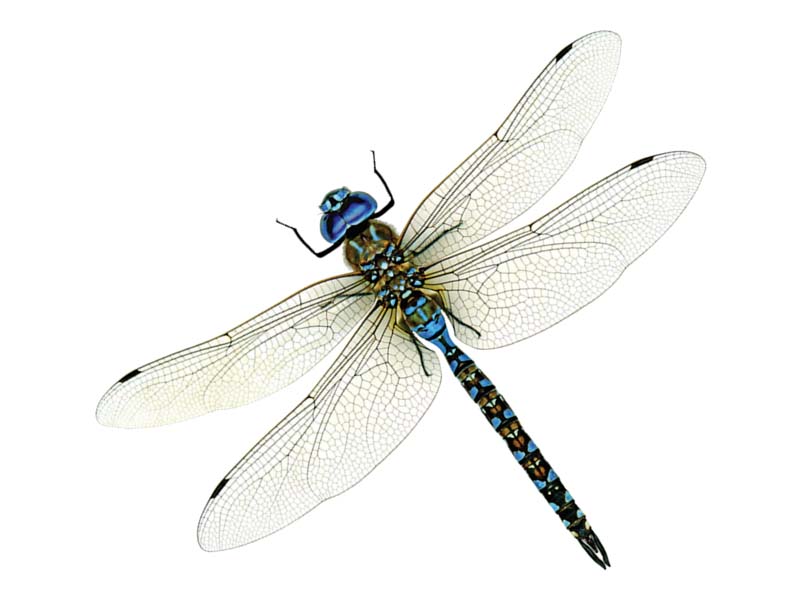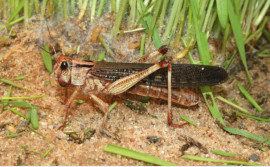
LAHORE: Many people may think that dragonflies exist for no other reason than the fact that they exist. However, Punjab resident at least may soon be in for a rude awakening.
The insect, according to experts, plays a crucial role in pest control by preying on species that threaten crops. But a 2018 study has revealed that the dragonfly population of Punjab has continued to seriously decline and is almost on the brink of extinction. At the same time, pests like locusts and spiders that are known to enormously damage crops are in growing in vast numbers in Punjab’s Cholistan region.
Talking to The Express Tribune, senior entomologist Nazneen Sehar said the decrease in dragonfly numbers is being driven by depleting and polluted water sources and excessive use of pesticides. “Dragonflies need a huge amount of water to survive. This is why they appear around crop paddies, which provide ample water along with pests like mosquitos to feed on,” she said. “Chemical fertilisers and heavy pesticide use, however, has turned such farms into death traps for dragonflies,” she added.
Dragonflies tend to grow near summer crops like cotton and rice, according to experts, and prey on ants, butterflies, mosquitos and other insect species which post a threat to agriculture. Their numbers tend to swell whenever a new paddy is sow. Over 5,680 dragonfly species have been discovered around the world, with 46 in Pakistan alone.
Meanwhile, the desert areas of Punjab are report massive growth in the numbers of locusts and spiders, the province’s director of pest warning Dr Riaz Hussain cautioned. “Although so far, there are no reports of these species causing widespread crop damage, locusts have in the past ravaged crops in Thar and in Rajasthan in India,” he said. “Our teams are conducting a survey in the region and monitoring the situation closely.”
According to Dr Hussain, moist regions of the desert are perfect breeding grounds for locusts. “They lay their eggs four to five centimetres below moist sand. The species forms large swarms as soon as it grows to maturity,” he said.
“Locusts frequently attack crops here but the swarms are usually quite modest,” said Bahawalpur farmer Ahmed Raza. “Whenever we see a large swarm, we beat up drums and empty tins, creating huge ruckus to scare them away,” he added. “We also spray pesticides to get rid of them and spiders.”
Published in The Express Tribune, July 5th, 2019.





















1713281138-0/US-Treasury-Secretary-Janet-Yellen-(2)1713281138-0-270x192.webp)






















COMMENTS
Comments are moderated and generally will be posted if they are on-topic and not abusive.
For more information, please see our Comments FAQ